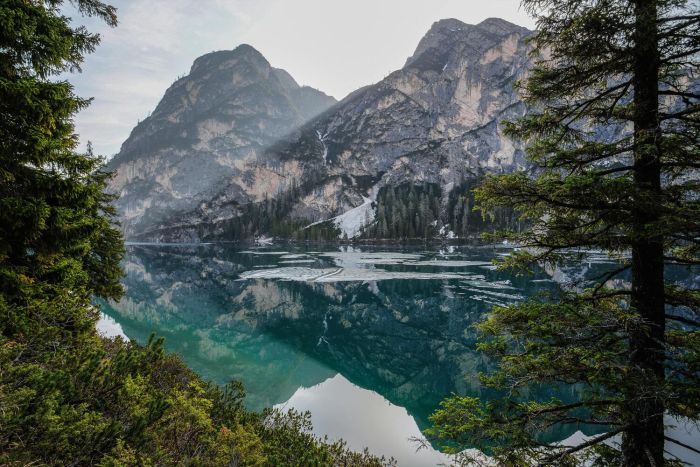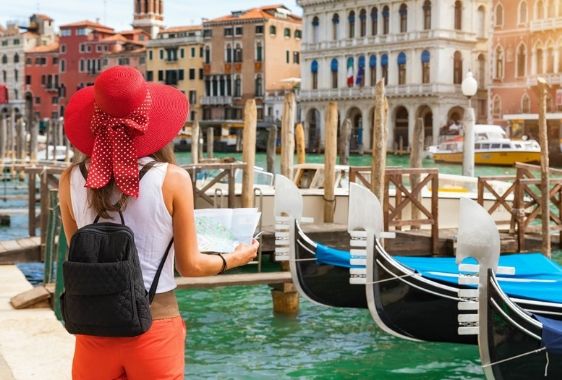Raphael Urbinas was born in Urbino on 6th April , and died in Rome on the same day in 1520.The importance of Raphael on the world of Art and especially Rome itself, can be summed up by the epitaph inscribed on his tomb that rests in the Pantheon, "This is that Raphael, by whom in life; Our mother Nature feared defeat; And in whose death did fear to die". He's untimely death, at the age of only thirty-seven, plunged the papal court and the city of Rome into universal sorrow.
A tour of the Raphael sights in Rome could start with a visit to the Villa Borghese where there are two delightful portraits to admire. One of which is titled a "portrait of a man". This work presumably is a portrait of Pinturicchio a rival of Raphael who delightful frescoes illuminate the St. Ignazius (Sant'Ignazio) church.
At the Palazzo Barberini admire the portrait "La Fornarina" (the bakers daughter). The portrait is of Raphael's great love who was the model for many of his famous portraits, and was only later recognized in the 17th Century as Margherita Luti, the daughter of Sienese baker who lived in the Trastevere zone of the city. The artists mistress wears a bracket on her upper arm, bearing the words "Raphael Urbinas".
The Artists church of San Maria del Popolo features the chapel Chigi, a construction conceived entirely by Raphael, who also prepared the cartoons for the mosaics on the ceiling. Given a circular plan, reflecting the influences of his close friend Bramante, it was built for the Chigi family to serve as a mausoleum.
This work along with paintings by Caravaggio, and other unique features are featured on our Private Walking Tour - "the artists of Rome" The highlight of a tour of Raphael's Rome would be a visit to the Vatican museum to admire the rooms he decorated in the apartments of Pope Julius II. To his taste Raphael designed an ample painted architecture, with large lunettes on the walls and panels on the ceiling illustrating concepts of Neoplatonic philosophy.
This was an undertaking of great responsibility for the young Raphael, who while still working on it saw the first part of the ceiling of the Sistine chapel unveiled in 1511. Eight years younger than Michelangelo, he was so overwhelmed that he became obsessed with a desire to emulate him. Enjoy an in-depth tour of Raphael's rooms on our Vatican Tour.
Inside the Villa Farnesina are remarkable frescoes by the hand of Raphael, where he tried to create paintings of the Ancient Roman style. He studied ancient tombs and other stone relics to get ideas on how the ancients would create their paintings.
Until the eighteenth century when Pompeii and other sites were excavated, it wasn't possible to admire harmony of those magnificent paintings. But, Raphael re-created them several centuries earlier, with only a few stone relics and his imagination to go by.







